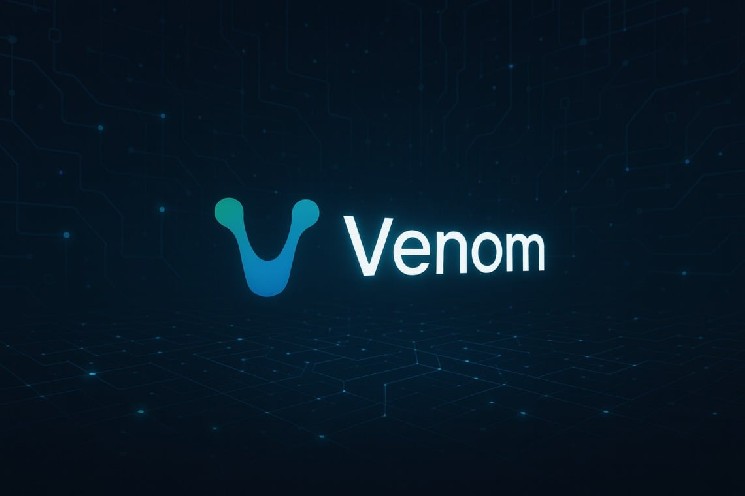of Venom FoundationThe Abu Dhabi-based organization, which is a developer of next-generation layer 0 and layer 1 blockchains of the same name, Comparison survey of transaction fees of the world's top 10 blockchains.
The report titled “How Transaction Fees Across 10 Major Blockchains Impact Their Usability and Adoption Potential”reveals an impressive fact. Between traditional proof-of-work networks and new scalable architectures, 99.9% difference in transaction costs.
Bitcoin and Ethereum remain the most expensive
According to research, Bitcoin record the average of $1.10 per transactionmeanwhile Ethereum standing on $1.85Therefore, it is not suitable for micro-payments or high-volume applications, especially in emerging markets.
On the contrary, it is based on blockchain proof of stake like Solana ($0.00025), Tron ($0.001) and Venom (less than $0.001) It allows for near-free operation and very quick closing times.
Benefits of scalable architecture
This study highlights how next-generation blockchains have overcome the trade-offs between them. Scalability and security. network like Venom and polygon certainly exceeds 100,000 transactions per second (TPS)guarantees the following finality 2 seconds.
Venom's achievements are dynamic sharding system: Unlike static sharding, which can create an imbalance between congested shards and inactive shards, Venom's architecture Adjust number and size of shards in real time Based on network demand.
This asynchronous approach avoids bottlenecks, keeps costs below 1 cent, and 99.99% uptime efficiencyideal for applications such as: Games, high frequency IoT, DeFi.
Christopher Lewis Two: “Prices are the key to global adoption”
christopher lewis twoCEO of the Venom Foundation, said:
“As blockchain technology increasingly becomes the foundation of real-world infrastructure, transaction costs will become a key factor in adoption.”.
First generation networks created a digital scarcity. Now, next-generation architectures are unlocking everyday utilities, from international money transfers to high-frequency decentralized transactions. ”
The big picture: Pricing as a gateway to mass adoption
The documentation shows how Network congestion, block size, and consensus mechanisms This has a significant impact on the fluctuation of fees.
During periods of high demand, Bitcoin and Ethereum fees can rise to several dollars. Venommaintains stable costs even in heavy traffic situations thanks to its dynamic model.
As global regulations progress, institutional investors Enter the market and use blockchain to Low fees and high throughput It is playing an increasingly central role.
This study shows that even if Ethereum continues to reduce costs through layer 2 solutions; Networks born with natively scalable architectures like Venom can have crucial architectural advantages.
Building a network with an eye on the future
Venom is safe, regulated and adaptable Financial infrastructure that meets the needs of businesses and governments.
and Capacity up to 150,000 TPSminimal cost, and an ecosystem that includes: DeFi, NFT, game and enterprise solutionsthe network is positioning itself as a platform ready to support next-generation Web3 applications.

